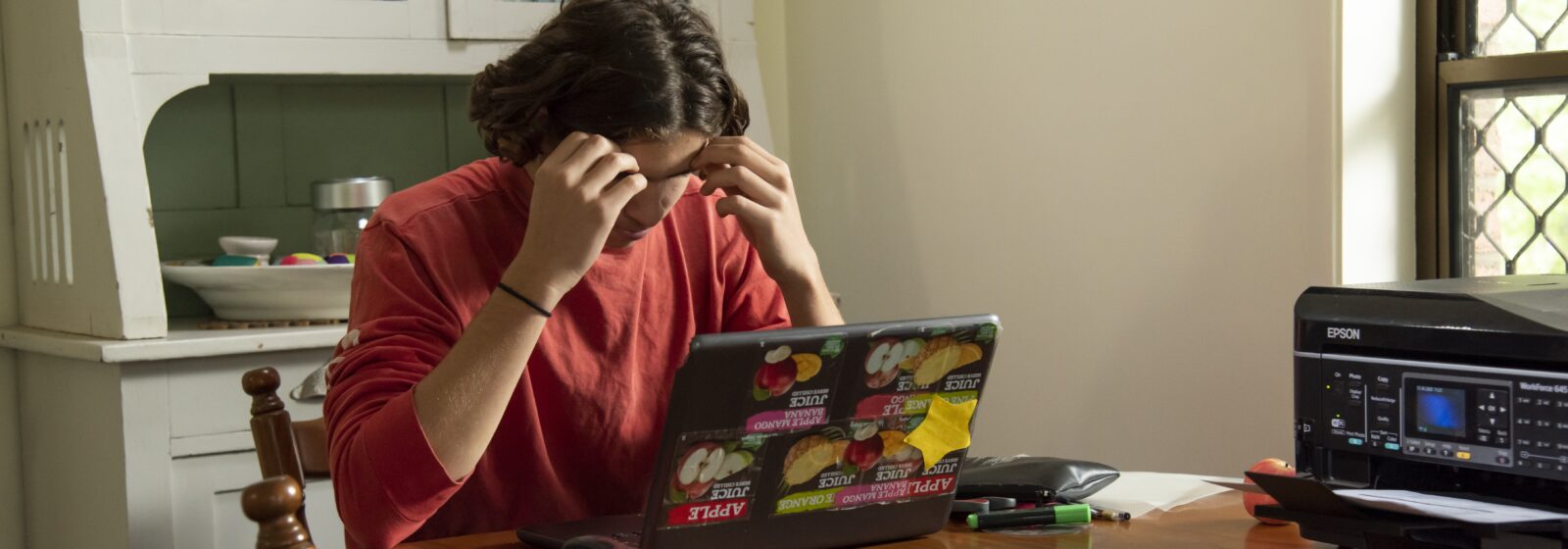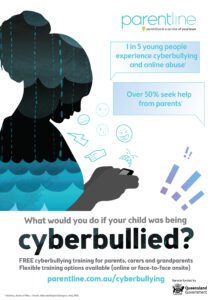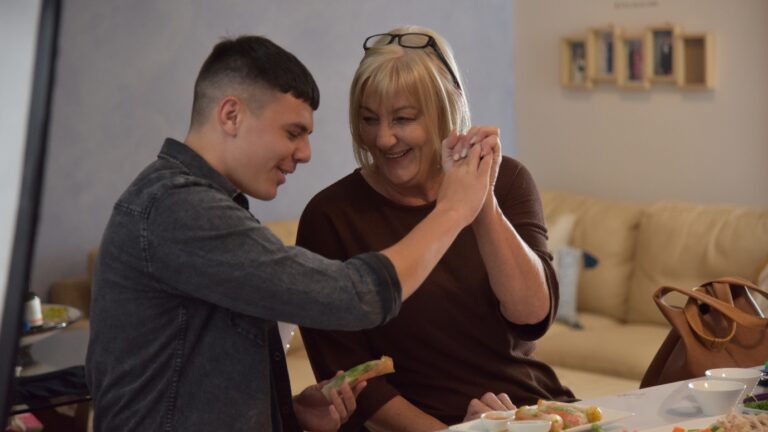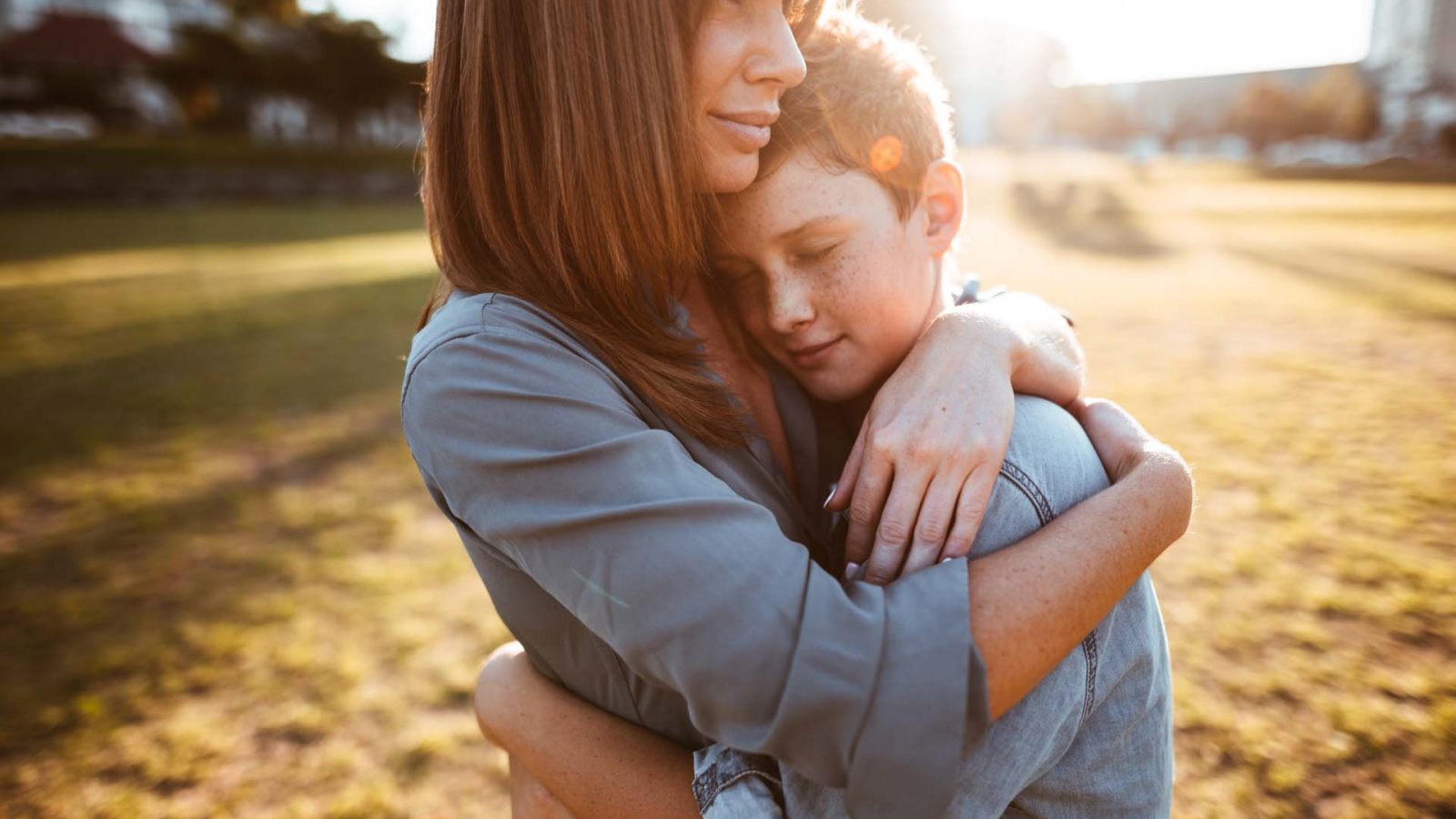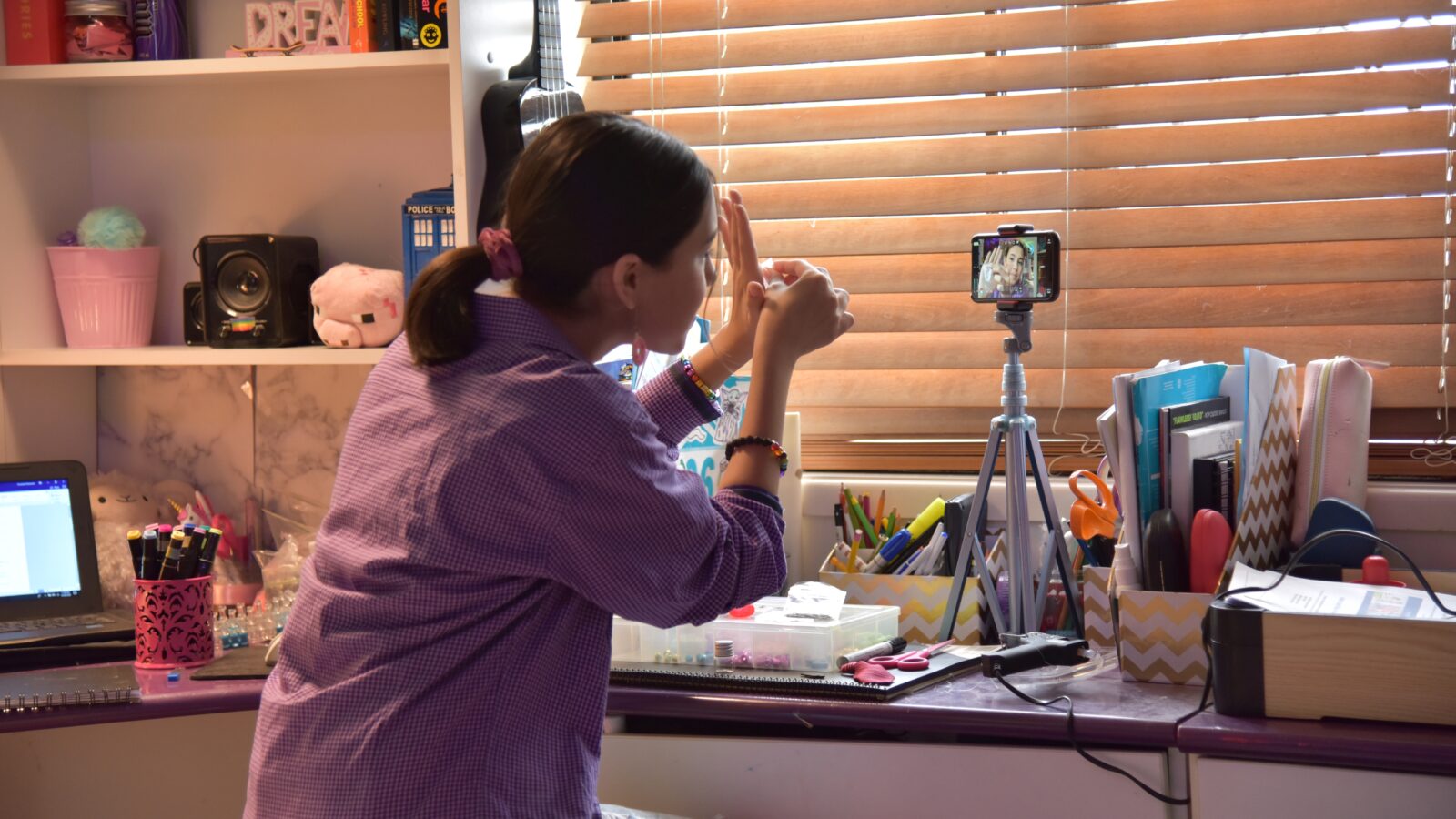Key Points
If your child experiences cyberbullying:
- Stay calm. Your child needs to see that you are in control.
- There is help. You can talk to your child’s school to seek advice and support or access other support through Kids Helpline, eheadspace, the e-Safety Commissioner or Parentline.
- Listen to your child. Let them tell you how they feel and let them know you’re on their side.
While the Internet and other digital technologies are a great way for students to learn and socialise, using them also comes with risks, cyberbullying being one of them. Our schools work hard to promote online behaviour that is safe and responsible, and there are also things you can do to help you and your kids navigate the pitfalls of the digital world and avoid cyberbullying.
What cyberbullying looks like
Cyberbullying is when a person uses digital technologies like mobile phones, email and social media to deliberately harass, humiliate, embarrass, impersonate, torment, threaten, pick on, or intimidate another person. Cyberbullying can involve:
- sending, posting or sharing mean, harmful or false content about someone
- posting or sharing personal or private information to cause embarrassment or humiliation
- posting insulting or embarrassing photos or videos
- spreading nasty rumours about people online
- creating fake accounts to be unkind or to harass someone
- excluding people from online games and social forums
- trolling or harassing someone online.
The Dolly’s Dream Parent Hub has has more information about the different types of cyberbullying.
How cyberbullying is a form of bullying
For some young people, the troubles they experience at school don’t end when they get home. That’s because cyberbullying can be quickly shared, spread and viewed at any time of the day or night and it can leave a permanent record in cyberspace about someone. Cyberbullying can:
- happen any time
- involve a large audience
- be hard to escape
- be hard to remove.
How you can help prevent cyberbullying
- Explain to your child what cyberbullying looks like.
- Connect with your child and reassure them that they can come to you or another trusted adult with any concerns they have.
- Set guidelines around your child’s use of digital devices.
- Teach respect and responsibility for online behaviour.
- Monitor your child’s online activities and tailor your approach to suit your child’s age and maturity.
- Attend events at school where cyberbullying is being discussed.
- Watch for signs that your child seems anxious, fearful, withdrawn, or uninterested in school or being with former friends.
- Remind your child to treat others the way they would like to be treated.
- Discuss with your child the impact cyberbullying can have on others.
- Praise them when they behave responsibly online.
Signs to look out for
Here are some of the signs that may indicate your child is being cyberbullied:
- avoiding school and dropping out of sport and other activities
- changing moods, behaviour, self-harm or expressing suicidal thoughts
- looking anxious, sad, embarrassed, angry or physically sick
- has trouble sleeping or loss of appetite
- socialising less with family and friends
- noticeable increases or decreases in device use, including texting
- is upset during or after being online.
What to do if your child is the cyberbully
Unlike physical bullying where kids can see the impact of their behaviour, those who bully online cannot easily see how their online behaviour hurts others. If you find out your child is cyberbullying, it’s important to acknowledge the situation and remain calm. Talk to your child without disrespecting or judging them and remember that your child isn’t the problem; their behaviour is.
What to do if your child is being cyberbullied
It’s important to step in if you’re concerned about your child being cyberbullied as your support is vital to your child’s wellbeing.
- Listen to your child and don’t jump in too quickly to fix the problem without your child’s feedback.
- Reassure your child that you are there to help them if they want it.
- Work together with the school if someone from school is involved. Make sure your child is comfortable with this and has a say in the process.
- Understand the nature of the bullying, how frequent it is, and who is involved.
- Collect information by taking screenshots of the bullying material and note the dates and times. However, if the bullying material involves sexualised images, be aware that possessing or sharing such images of people under 18 may be a crime, even if you have just taken a screenshot to use as evidence.
- Advise your child not to retaliate or respond to bullying messages and help them block or unfriend the person who is cyberbullying them.
- Report the material if you need to get it removed. You can make a cyberbullying report to eSafety on your child’s behalf if they are under 18.
- Resist the temptation to ban your child from using the internet or her mobile phone as this could make your child less likely to share their online problems and isolate them from friends who might support them online.
- Encourage your child to stay engaged in interests they enjoy with other young people and activities involving their extended family so they feel loved.
- Provide support options to your child such as Kids Helpline, eheadspace or the eSafety Commissioner.
Resources to help you
- Parentline provides free online training and offers confidential phone and WebChat counselling service supporting parents and carers of children, 7 days a week. Call 1300 30 1300.
- Stop cyberbullying portal provides advice for supporting young people who are experiencing cyberbullying.
- Bullying. No Way! provides information for parents about dealing with bullying.
- eSafety Commissioner offers information and advice including a practical guide to online bullying for parents and carers.
- Dolly’s Dream Parent Hub provides trusted information for parents about online safety and bullying.
- Kids Helpline is Australia’s only free (even from a mobile), confidential 24/7 online and phone counselling service for young people aged 5 to 25. Qualified counsellors are available vai WebChat, phone or email to chat anytime and for any reason. Call 1800 55 1800.
- eheadspace offers online chat or email support services for young people aged 12–25, as well as their family and friends. You can call them for free on 1800 650 890 between 9am – 1am (AEDT) 7 days a week.
- The Department of Education’s Cybersafety and Reputation Management team offers resources for students and parents. Schools can access online courses for students in Years 3 to 6 and 7 to 10.
Last Updated: 22 February 2024

